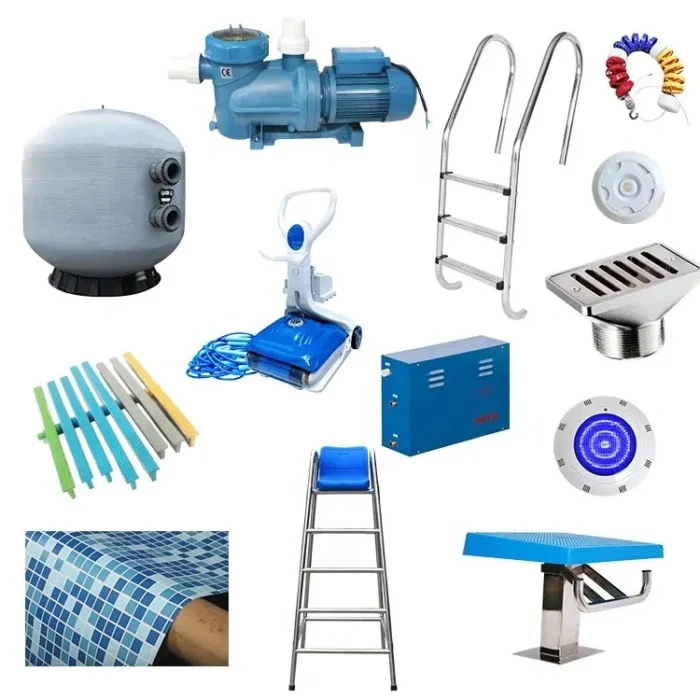
# Weather Measuring Instruments: Essential Tools for Accurate Forecasting
Weather forecasting plays a crucial role in our daily lives, from planning outdoor activities to ensuring the safety of aviation and agriculture. At the heart of accurate weather predictions are weather measuring instruments. These tools collect essential data that meteorologists use to analyze and predict weather patterns. In this article, we’ll explore some of the most important weather measuring instruments and their roles in forecasting.
## Thermometer: Measuring Temperature
The thermometer is one of the most fundamental weather instruments. It measures air temperature, which is a key factor in understanding weather conditions. Modern thermometers often use digital sensors, but traditional mercury or alcohol-based thermometers are still widely used. Accurate temperature readings help predict heatwaves, cold snaps, and seasonal changes.
## Barometer: Tracking Atmospheric Pressure
A barometer measures atmospheric pressure, which is critical for predicting weather changes. High pressure typically indicates fair weather, while low pressure often signals storms or rain. Barometers come in various types, including mercury, aneroid, and digital models. By monitoring pressure trends, meteorologists can forecast short-term weather shifts with greater accuracy.
## Anemometer: Gauging Wind Speed and Direction
Wind plays a significant role in weather patterns, and the anemometer is the go-to instrument for measuring wind speed and direction. Cup anemometers, vane anemometers, and sonic anemometers are commonly used. Wind data is essential for predicting storms, understanding air circulation, and even planning wind energy projects.
## Hygrometer: Measuring Humidity
Humidity levels significantly impact how we perceive temperature and weather conditions. A hygrometer measures the amount of moisture in the air, which is vital for predicting fog, rain, or even drought conditions. Psychrometers and capacitive hygrometers are two common types used in weather stations.
## Rain Gauge: Measuring Precipitation
Precipitation is a key component of weather, and the rain gauge is the instrument used to measure it. Simple rain gauges collect rainfall in a graduated cylinder, while more advanced models use tipping buckets or weighing mechanisms. Accurate precipitation data helps predict floods, droughts, and water resource management.
## Weather Balloons and Satellites: Advanced Tools for Forecasting
Beyond ground-based instruments, weather balloons and satellites provide invaluable data for forecasting. Weather balloons carry radiosondes, which measure temperature, humidity, and pressure at various altitudes. Satellites, on the other hand, offer a global perspective, capturing images and data on cloud cover, storm systems, and more. These tools are essential for long-range and large-scale weather predictions.
## Conclusion
Weather measuring instruments are the backbone of accurate forecasting. From thermometers and barometers to advanced tools like satellites, each instrument plays a vital role in understanding and predicting the weather. As technology advances, these tools continue to improve, enabling meteorologists to provide more precise and timely forecasts. Whether you’re a weather enthusiast or simply planning your day, these instruments ensure you’re always prepared for whatever the skies may bring.
Keyword: weather measuring instruments






